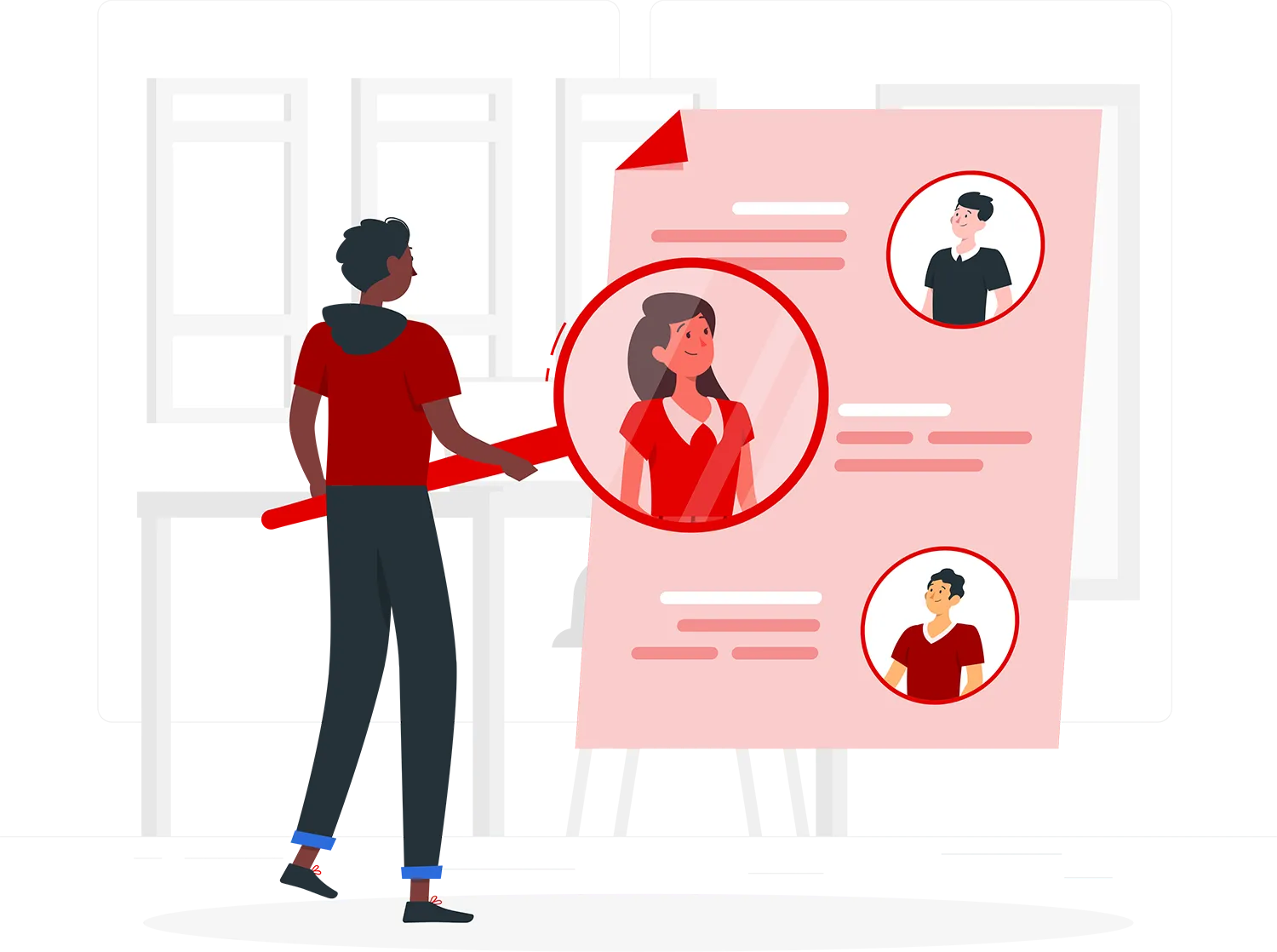Create a first draft
Write all your qualifications, experience, employment history, personal history, hobbies, and interests, including all relevant information under headings. Now write down everything you have gained personally from these experiences – skills, insights, personal growth (in paragraphs). At this stage just write as many pages as you need to get the brainstorming process done – only later will we be concerned with cutting it down.
Filter out the unimportant
You can’t tell potential employers your entire history, but you can highlight the important details for them: these will include skills, insights, and abilities that you have been able to develop, as well as your academic qualifications and what you gained from your studies and experience.
Keep it concise!
- Eliminate unnecessary details.
- HR departments have lots to do, so don’t make the mistake of asking them to read through an unnecessarily long CV. HR departments won’t read a lengthy CV if they are short on time, short on patience, or have a lot of CVs to wade through.
- Remember that there may be a pile of CVs a foot high for some positions!
- CVs should be around two pages in length, although it may be longer if you must describe a lot of relevant work experience. Even a two-page CV is of no advantage if it’s full of information that isn’t reasonably applicable to the position you’re qualified or applying for. Use the space only if you need it to fully disclose your accomplishments.
Include the Basic information
Even if you have entered this information into an HR site, you should still include it on your CV. When the recruiter makes the call to say you have been accepted, your CV is the only document he or she will hold in their hands. Make sure it at least has all your personal information such as:
- Name
- Address
- Telephone Number
- Date of Birth
- Nationality, including visa and work permit status.
- Languages (level for both written and verbal
- Driving License (if you have one)
State long term objectives
What are your short- and long-term career aims and objectives?
Do you have any preferences for the type of work you want to undertake? (Don’t be too restrictive. It is better to be general about your career aspirations at this stage, for example, Business Related, Management).
Don’t include short term objectives
Your short-term objectives should be clearly articulated in your cover letter. If you do include objectives, be specific. Vague statements, such as “Looking to utilise my engineering skills” or “seeking a rewarding position” add nothing to a CV and may in fact make you appear insincere.
Include your Employment history
All your employment is important whether it is part-time, temporary, voluntary, vacation work or Saturday only. It should be presented in reverse chronological order, most recent first.
Give dates, name of employer, job titles etc.
Include your education history
List your most recent qualifications first, including:
- Dates, Institution – Name of Degree Course etc.
- Degree Classification. It is not necessary to list all the modules you have studied.
- Technical qualifications
- Achievements / Positions of Responsibility
Include Hobbies / Interests
Be Positive!
Use “power words” such as “developed,” “managed,” and “designed” to emphasise your accomplishments. Stick your chest out and don’t be afraid to tell people what you’ve done.
Produce a well organised professional document
You’ll generate a better response from your curriculum vitae if it is well organised and is packed with relevant information to match and support your professional, academic or career objective.
Be honest!
There is a huge difference between making the most of your experience and exaggerating or falsifying it. A falsified CV can be easily spotted by a recruiter or employer (if not immediately then certainly through the interview process), and if it doesn’t prevent you from getting the job, it will cost you the job later.
Use good document layout.
- Make your CV easy on the eyes. Use normal margins (one inch at the top and bottom, one and a quarter inch on the sides) and don’t cram your information onto the page.
- Allow for some “white space” between the different sections.
- Avoid unusual or exotic font styles; use simple fonts with a professional look.
- Do not use more than two fonts throughout the entire document. If you aren’t sure of the fonts to use, try a sans-serif font like Arial or Helvetica for the headings, and a serif font such as Times Roman for the rest of the text.
Put the good stuff at the start
One big mistake that job seekers often make is to list very important data in the lower sections of their job descriptions. As you compile statements for your CV, prioritise them by importance, impressiveness, and relevance to the job you want.
Remember that a strong statement, which uses power words and quantifies, will affect every statement under it.
Re-read!
Read through your CV. Ask someone else to read through your CV carefully once you are finished. When you have been working on your CV for hours, it can be difficult to spot the errors.

